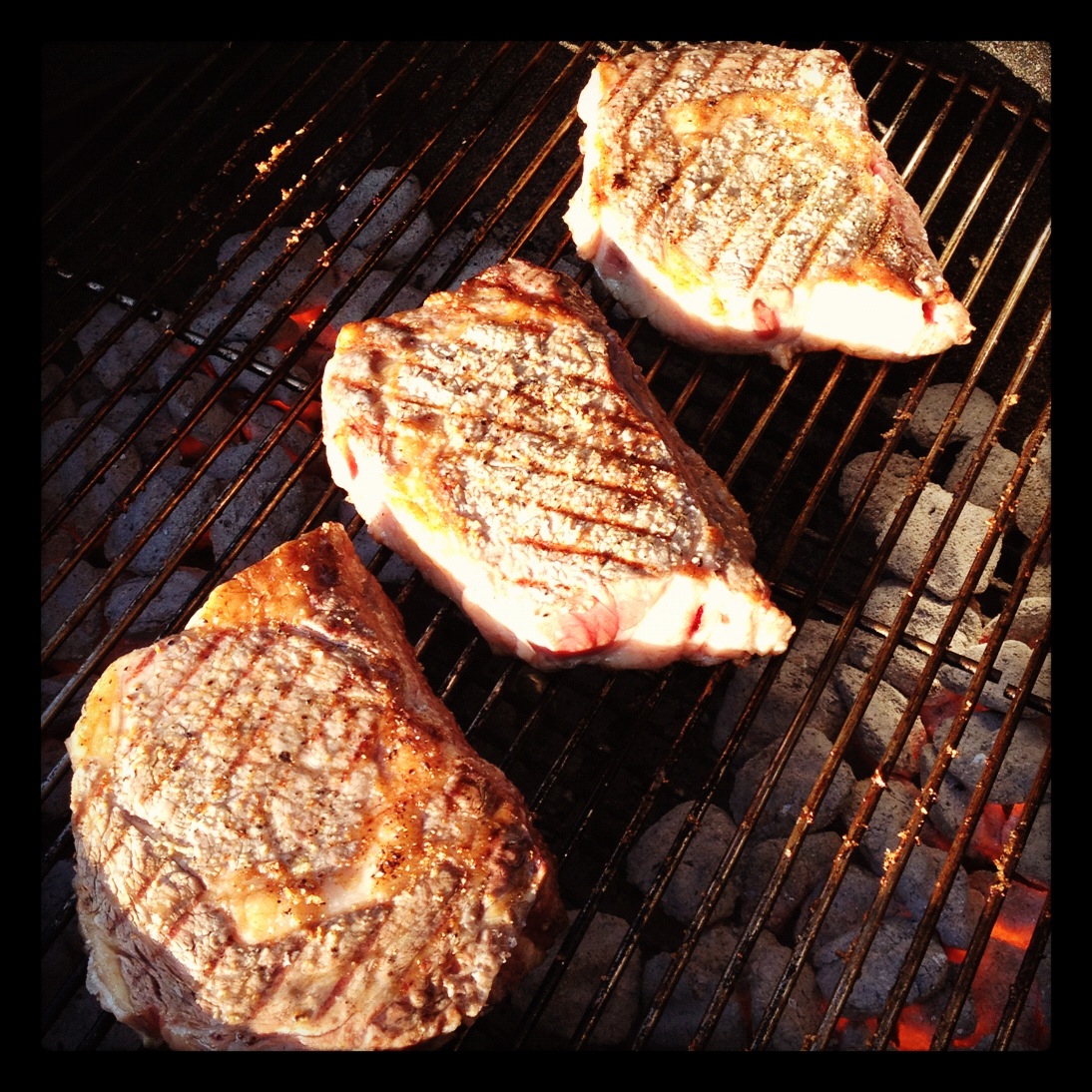 You know how teachers used to recommend the approach we should take in writing research papers. Start researching early. Capture notes on 3x5 cards. Outline. Draft. Edit. Rewrite. Edit. Revise. Edit. Finalize. I always wanted to try that approach. It seemed like a smart approach. But I often opted for a more last-minute process. Wait until about 7 p.m. the night before. Open three books on the subject. Say, “Oh that looks good,” and stay up late rephrasing the lifted content just enough to avoid claims of plagiarizism.
You know how teachers used to recommend the approach we should take in writing research papers. Start researching early. Capture notes on 3x5 cards. Outline. Draft. Edit. Rewrite. Edit. Revise. Edit. Finalize. I always wanted to try that approach. It seemed like a smart approach. But I often opted for a more last-minute process. Wait until about 7 p.m. the night before. Open three books on the subject. Say, “Oh that looks good,” and stay up late rephrasing the lifted content just enough to avoid claims of plagiarizism.
Quality on a research paper was never my main objective. I wanted to do well, but I wasn’t out to actually persuade thinking or influence behavior. Other than the grade, I didn’t have a lot of passion around why my papers had to be written. I was simply shooting to meet the requirements with minimal effort.
Today, things are different. I want the stuff I write to have impact. A) I want people to read what I write, and B) I want it to help people improve. The problem is my writing habits were formed using the cramming method. I knew the teacher recommended method would produce better results, but I kept writing at the last minute.
This is true with projects at work, with writing for this blog, and the lesson has really been driven home on my daily quote site, Observation Paper. I can, in a crunch, find a quote, compose it in a visually compelling image, and post it in about 15 minutes. The quotes are okay when I do that. They meet the requirements. But when I let a quote cook for a day or two by letting it sit and playing with a few visual options, that’s when quality hits.
There’s power in the practice of the pipeline. Start something, let it sit, move on to something else, come back to it, polish, refine. And just when you think it’s done (yes Ma I mean “done” and not “finished” - I’m working on a cooking metaphor here), put it away for a least a day.
It’s just like taking a ribeye off the grill. It keeps cooking. You have to let it sit because if you cut right into it, you lose the juicy flavor.
Allow the meat to rest before you slice it. Here’s why: As meat cooks, its proteins coagulate, or uncoil and reconfigure themselves squeezing out the moisture that is trapped inside their coiled structure. The heat from the grill drives these freed liquids toward the cooler center of the meat. As the meat returns to a lower temperature after cooking, this process partially reverses, and the protein molecules reabsorb some of the liquid. When you let the meat rest, it loses less juice when you cut into it, which in turn makes for much juicier and more tender meat. ~ The Cook’s Illustrated Guide to Grilling and Barbecue, p. 103
What would you like to give more pipeline time to?


